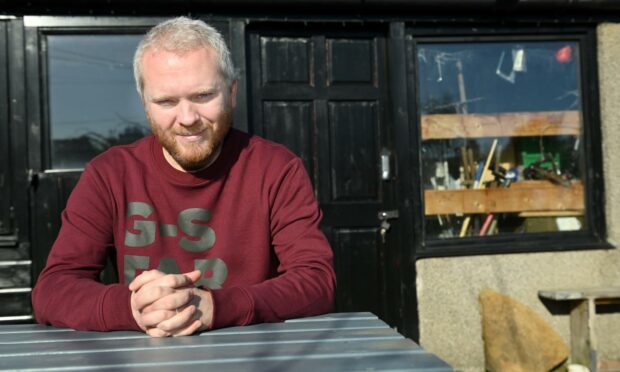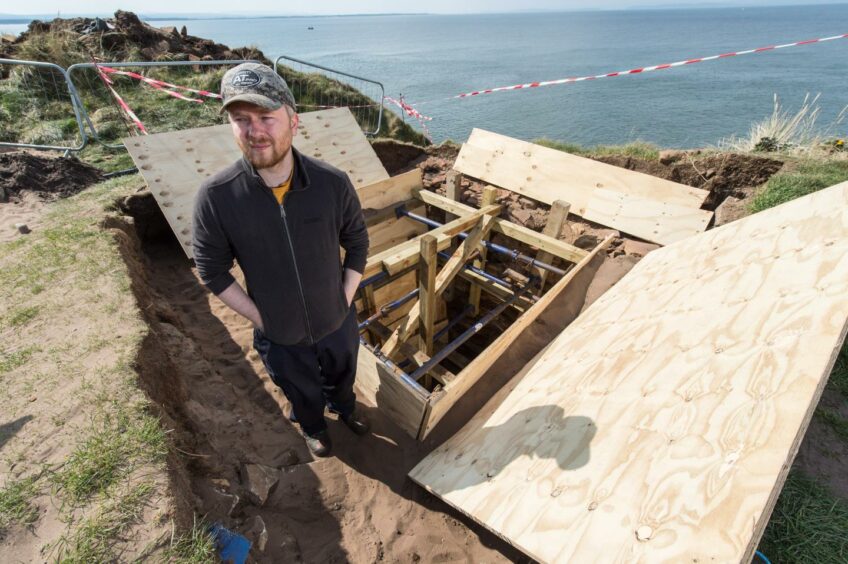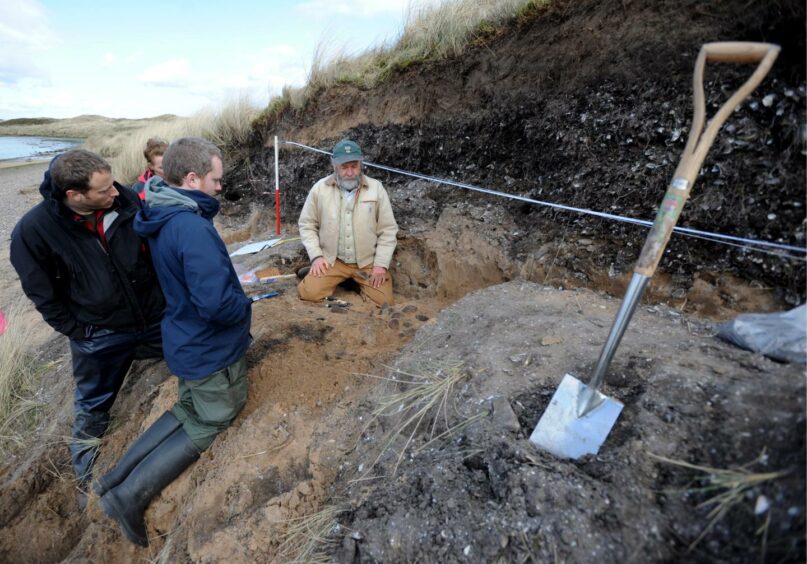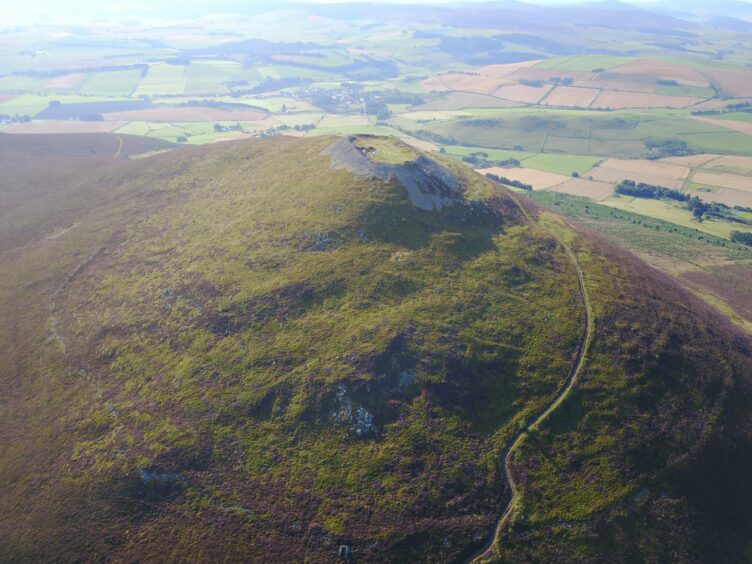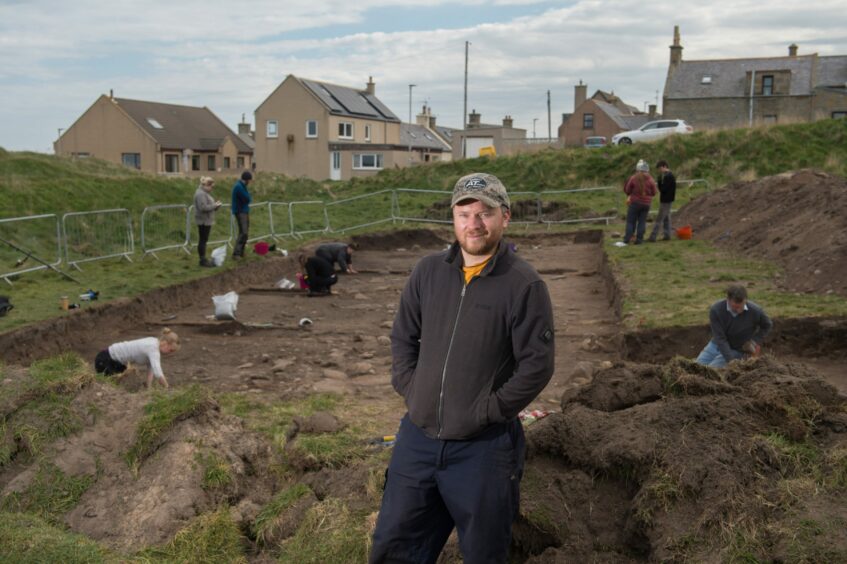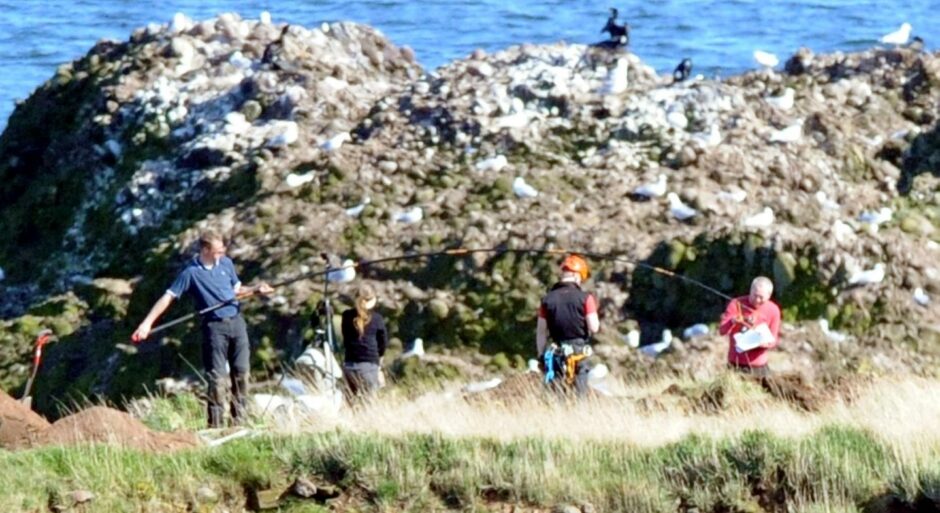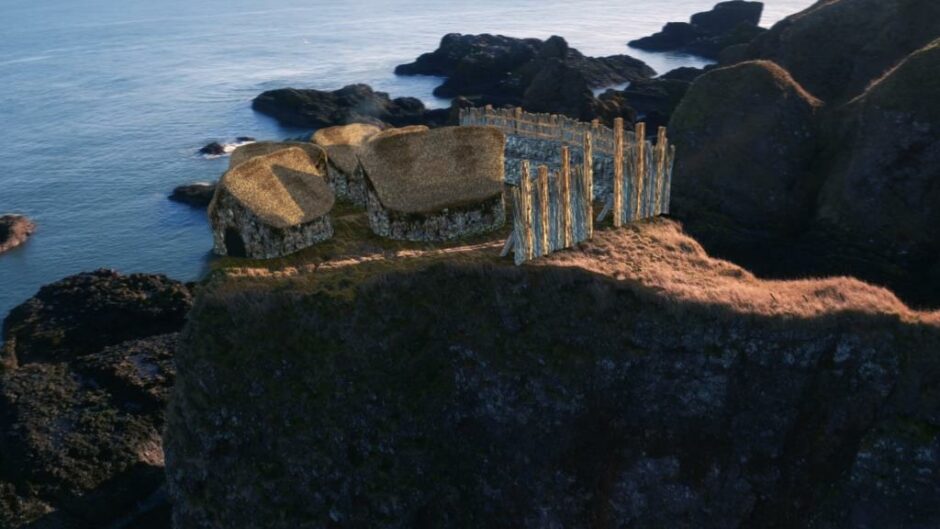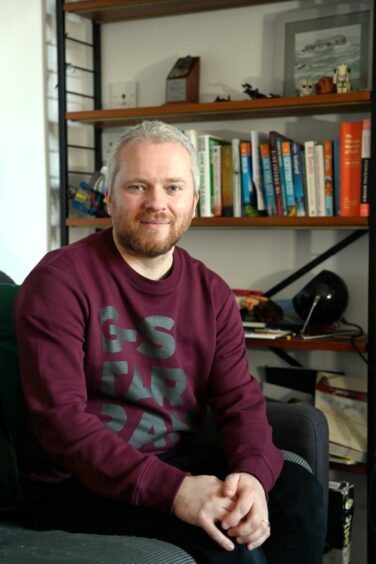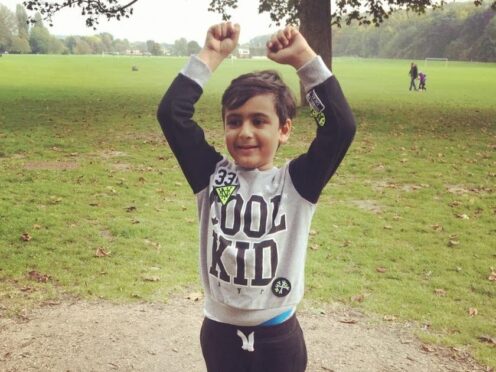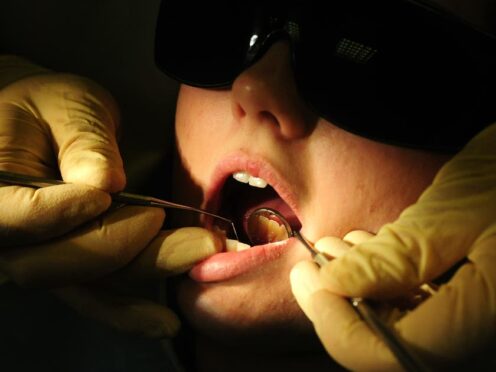Archaeologist Professor Gordon Noble, of Aberdeen University, has undertaken award-winning landscape research and field projects with his team scooping Research Project of the Year 2021 in the Current Archaeology Awards. Jacqueline Wake Young caught up with him between digs.
Professor Gordon Noble is a hard man to pin down.
We joke about this as we finally meet in his office at Aberdeen University after months of trying to arrange this interview.
“What exactly keeps you so busy?” I ask him, as he moves books out of the way and we settle into the seats that line his office.
“I don’t know!” he laughs, “that’s what my wife would probably ask as well.”
It’s no surprise there are so many demands on his time, Professor Noble is extremely accomplished, highly engaging and just plain likeable.
But I already knew this. Last year he gave my daughter’s school a talk and she was bursting with news about the Pictish fort at Dunnicaer, near Stonehaven.
Field work
A chat with Gordon will do that to you, whether you’re eight or 80, such is his passion for his subject.
He has an easy, cheerful manner and wears his knowledge and achievements lightly (as well as a Velvet Underground hoodie).
“I’m on research leave,” he explains, “I’m doing lots of field work which is why I’m difficult to pin down.”
I ask him to describe life on a dig.
“Sorry I’m just laughing because it’s not nearly as glamorous or slow-paced as people think.
Manual labour
“It’s very physical, a manual labour job. There’s a lot of hand-opening of trenches, de-turfing and heavy tools.
“You know when you watch Time Team you see the little paint brushes? Well, it’s rarely like that.
“It’s hard work, especially in the Scottish climate. It’s a love it or hate it kind of thing and I think people quickly find out whether it’s for them or not.”
When did he find out it was for him?
“When I was doing my History of Art degree, my lecturer had a team from Reading University digging near her house and suggested I help out.
“It was hard. Two weeks of kneeling on this stone cairn, thinking ‘hmm, I’m not sure this is for me’. Then I found an amazing flint blade from 4,000 years ago and that was it. I was hooked, absolutely hooked.
Masters
“The fact you could create your own data and tell something about the past from digging something up was just fascinating to me and I was like, that’s it, that’s what I want to do.
“I had no idea about archaeology, I didn’t know any of the names of the different periods people study. I just knew it was really interesting.”
His next move was a Masters in archaeology at University College London.
“That was an intense year, probably the hardest thing I’ve ever done.”
Gordon, who grew up in Fraserburgh, is working on two major projects. The first, Northern Picts, is funded by the University of Aberdeen Development Trust and Historic Environment Scotland and is focused on the post-Roman societies of northern Britain.
The second, Comparative Kingship, funded by the Leverhulme Trust, is examining the early royal landscapes of Ireland and Scotland.
“The first site we looked at was Rhynie near Huntly and we had no idea what we were going to find.
“We were looking at what you could find out about these symbol stones.
“It all began to fall into place when we tested the crop marks. Aerial photographs had shown a site next to one of the stones.
“We excavated a small trench and found pottery from the Mediterranean, glass from France and nice metalwork, it was amazing.”
Bronze Age tomb
Another memorable moment came at Forteviot, a royal centre of the Picts in the 9th Century.
“We uncovered a Bronze Age tomb which had a huge four-tonne capstone.
“We lifted it and inside were some very strange preservation conditions. There wasn’t a body, but things like plant material and meadowsweet flowers had survived in the grave, along with two daggers, one with a gold pommel.
“We had to camp out overnight to protect the grave then work on it for the next few days, that was an exciting time.”
But, it’s not just about the discoveries, says Gordon.
Community
“The excavations at Rhynie were an amazing experience, not only because of the archaeology but because of the community who really embraced us.
“There’s a group called the Rhynie Women who put together fire festivals, pop-up cafes and ceilidhs and it was great to feel part of the community and that you are also helping them discover their past.”
As for his own past, he had originally wanted to be a journalist and was offered an apprenticeship at the P&J, but turned it down to go to university.
With three children of his own, Gordon says he doesn’t have time to pursue any other interests, although he does admit to collecting vintage toys.
“I think it’s that interest in the past again, isn’t it?” he says.
